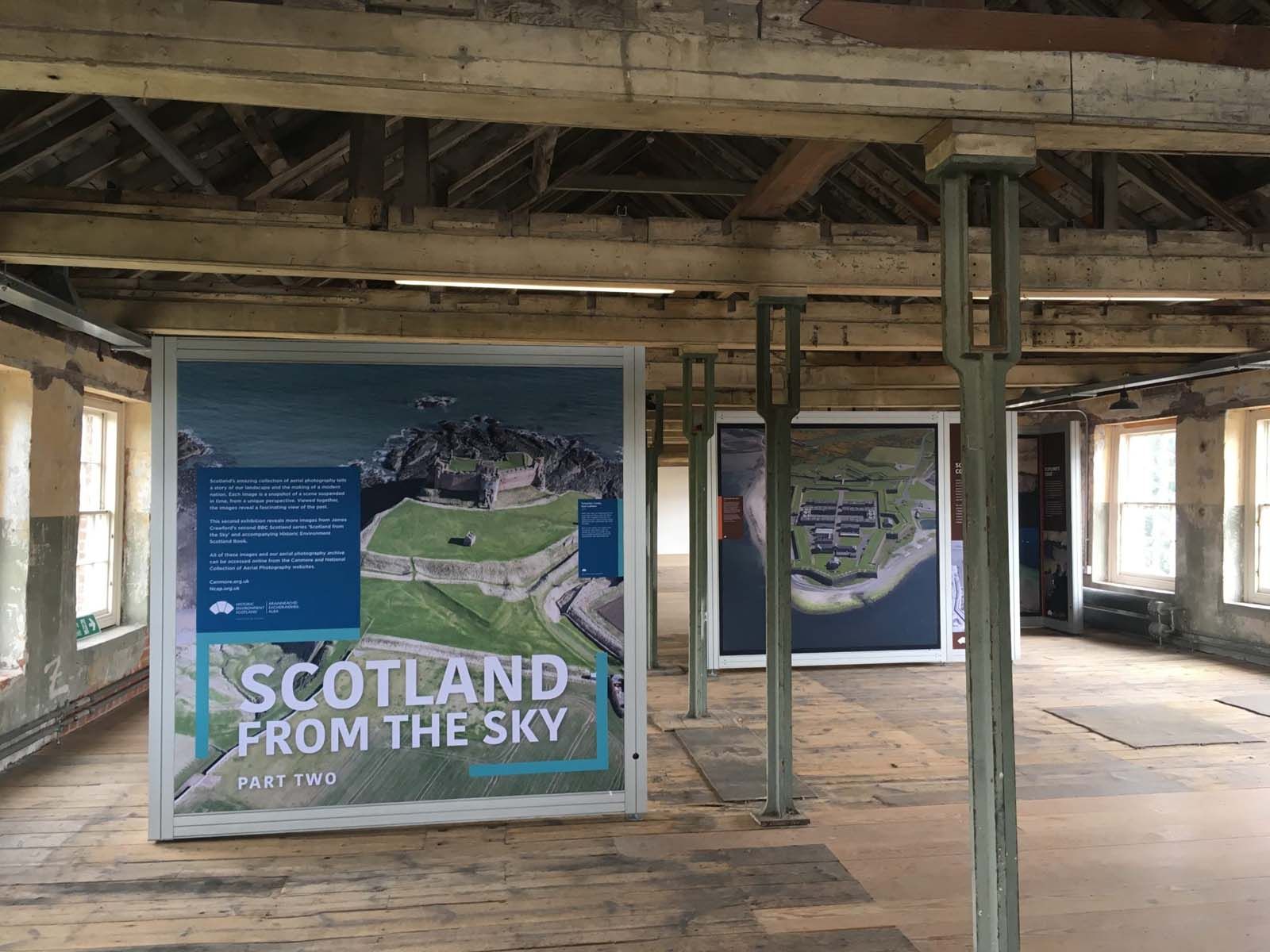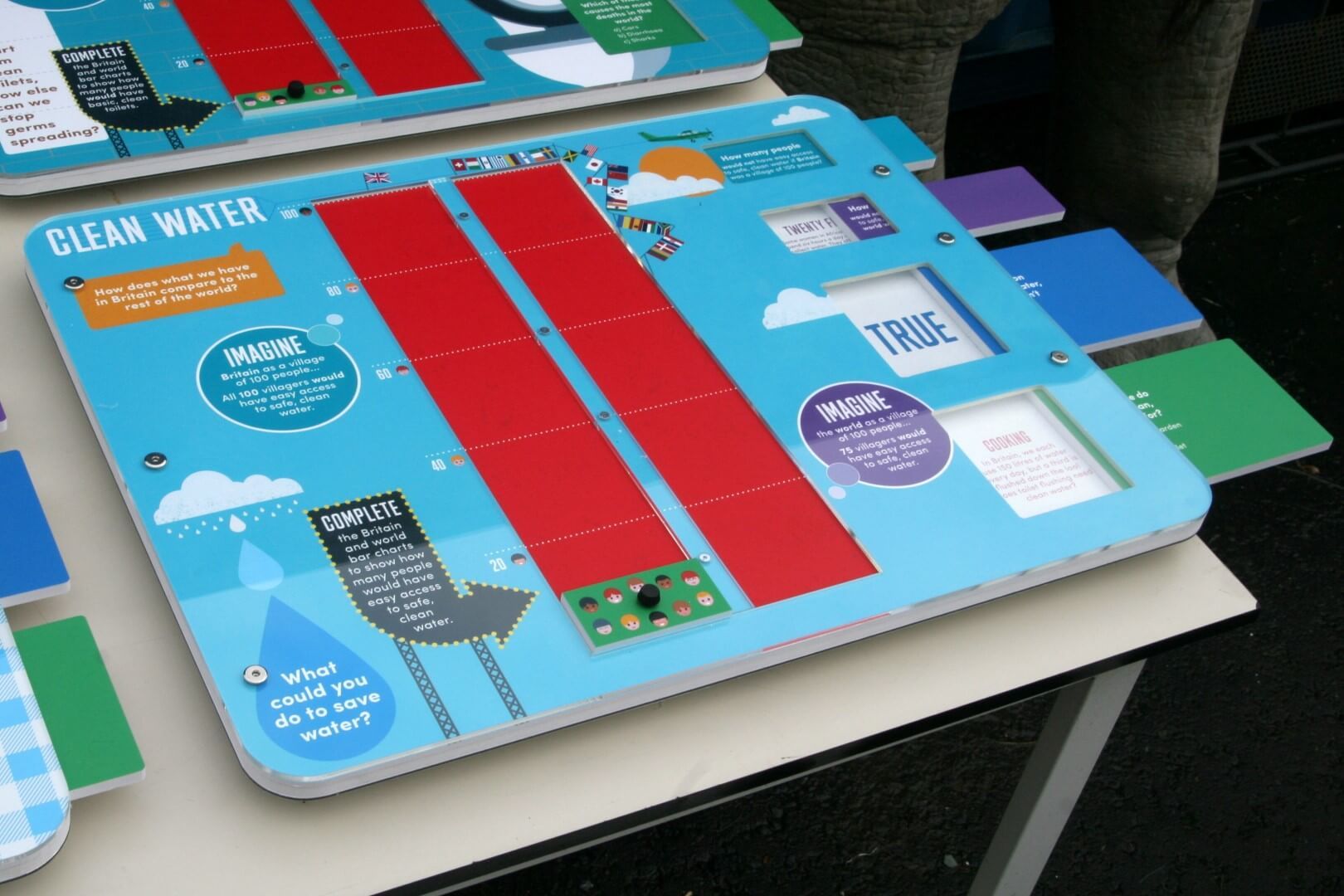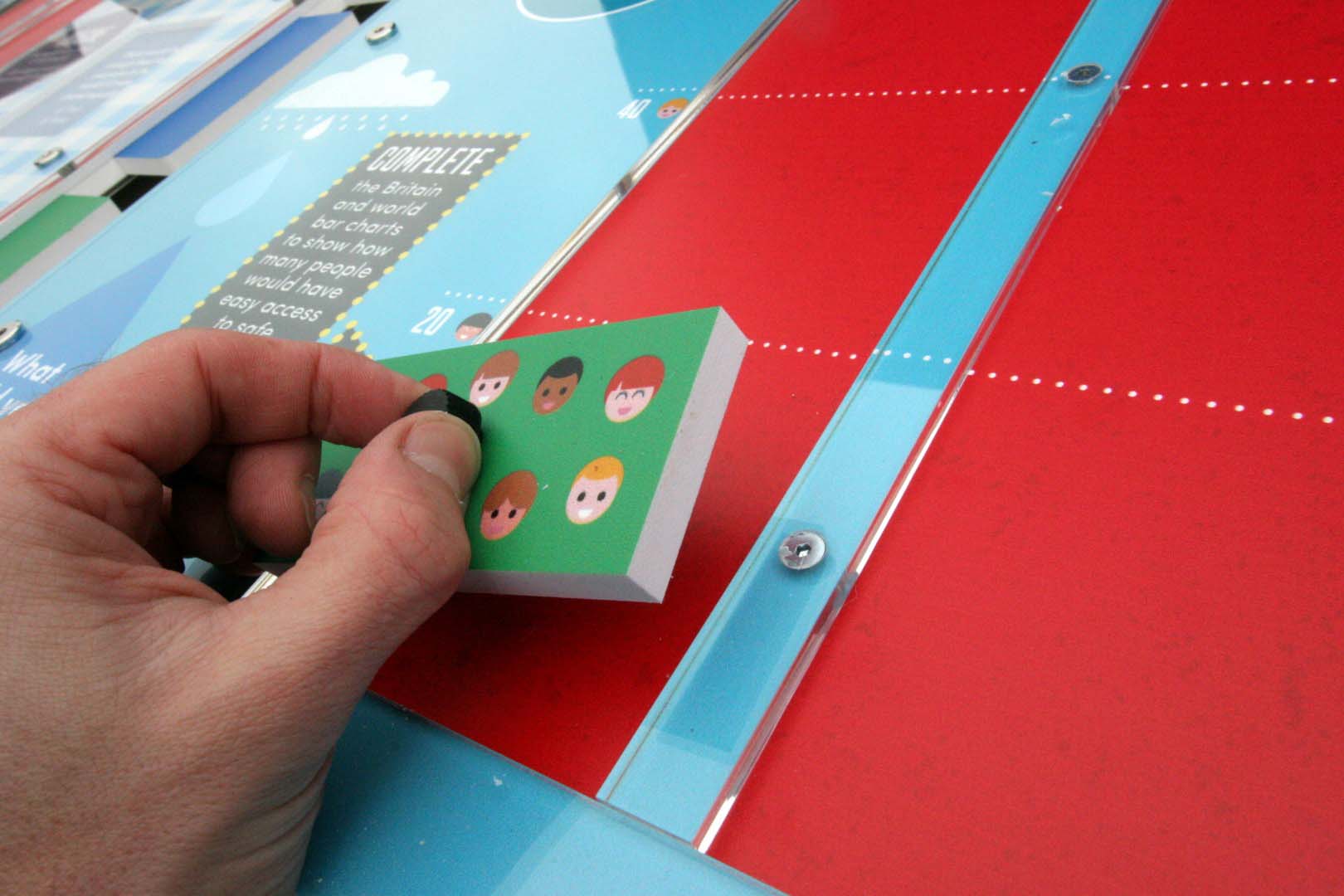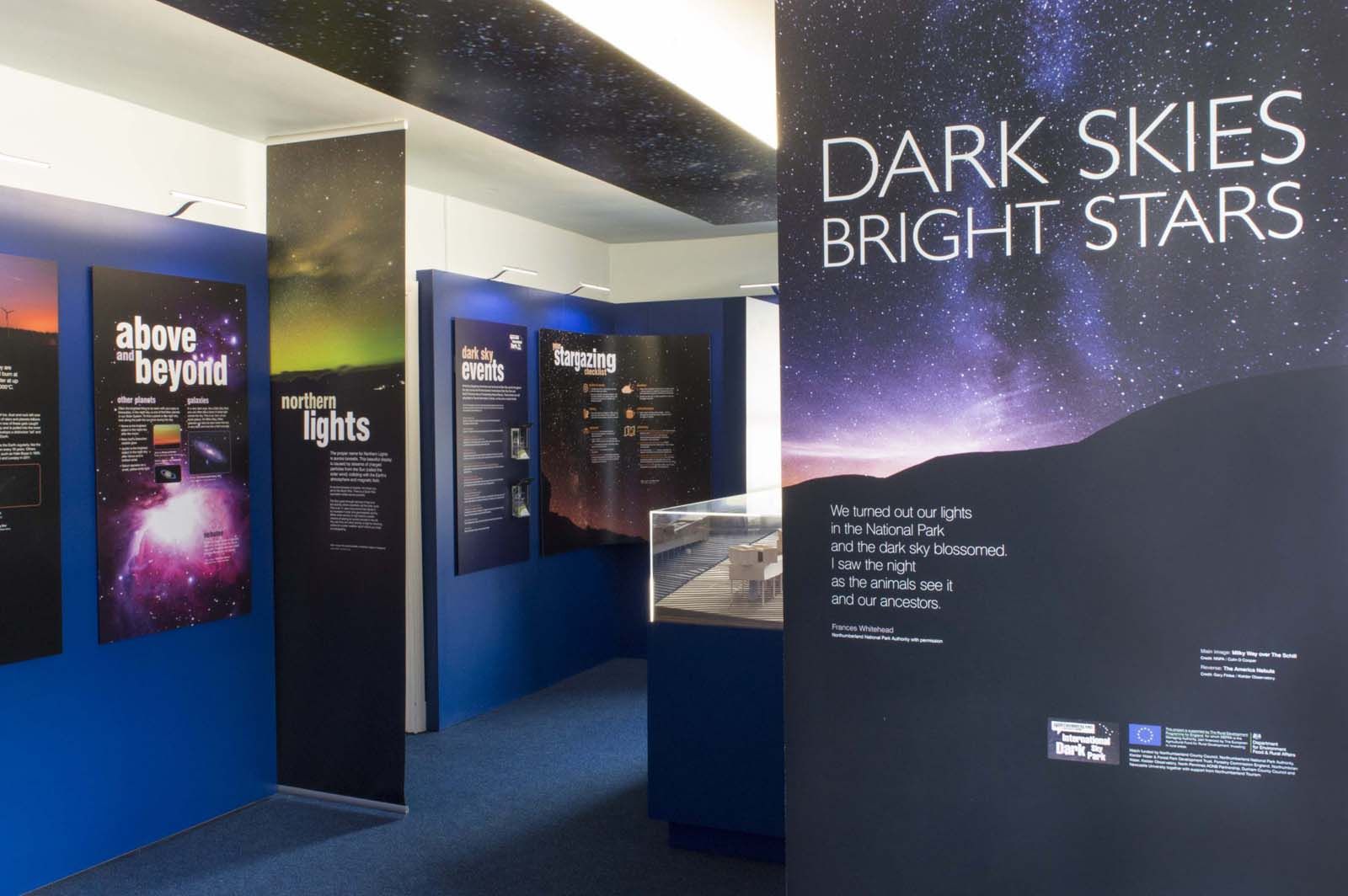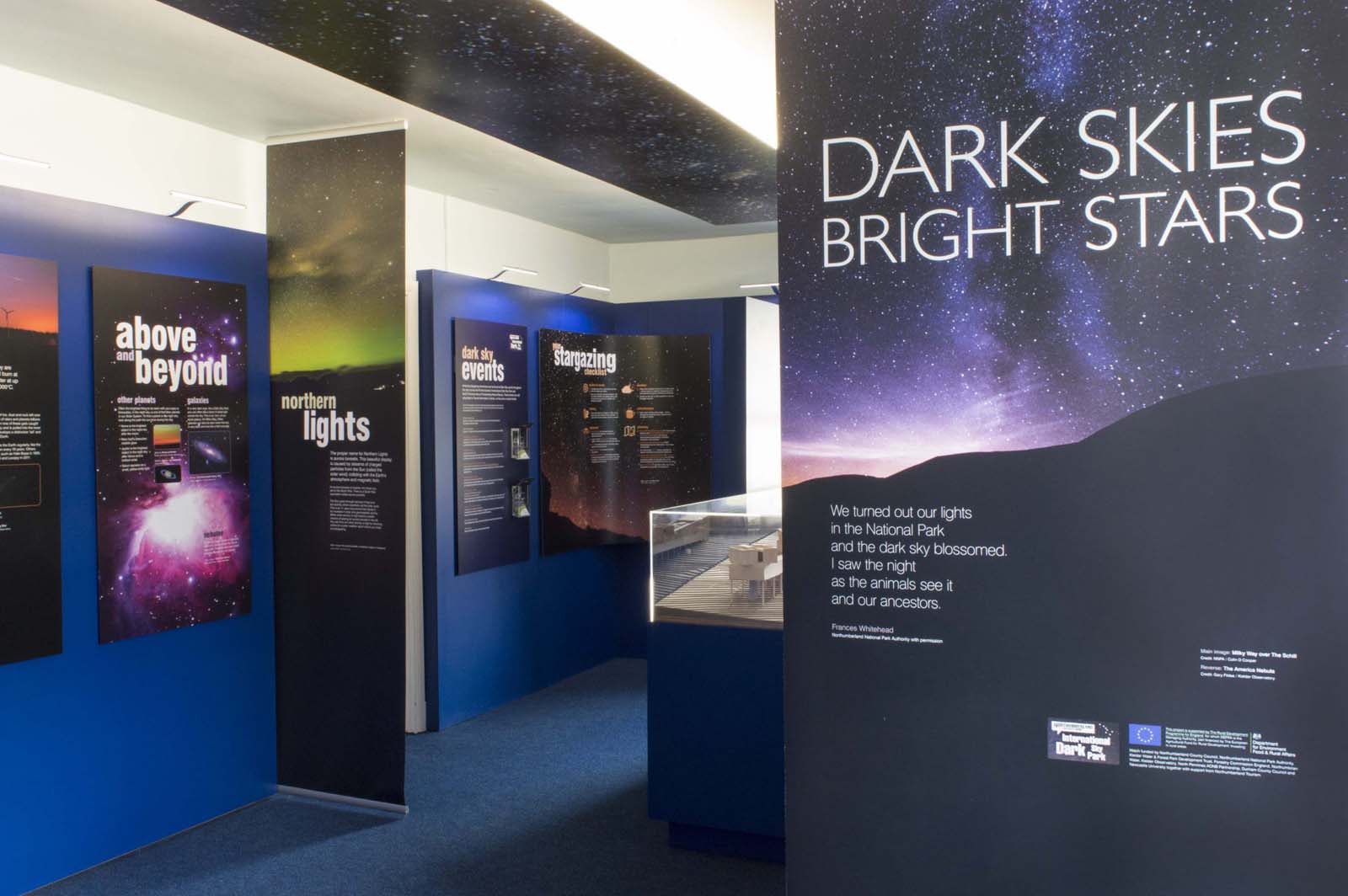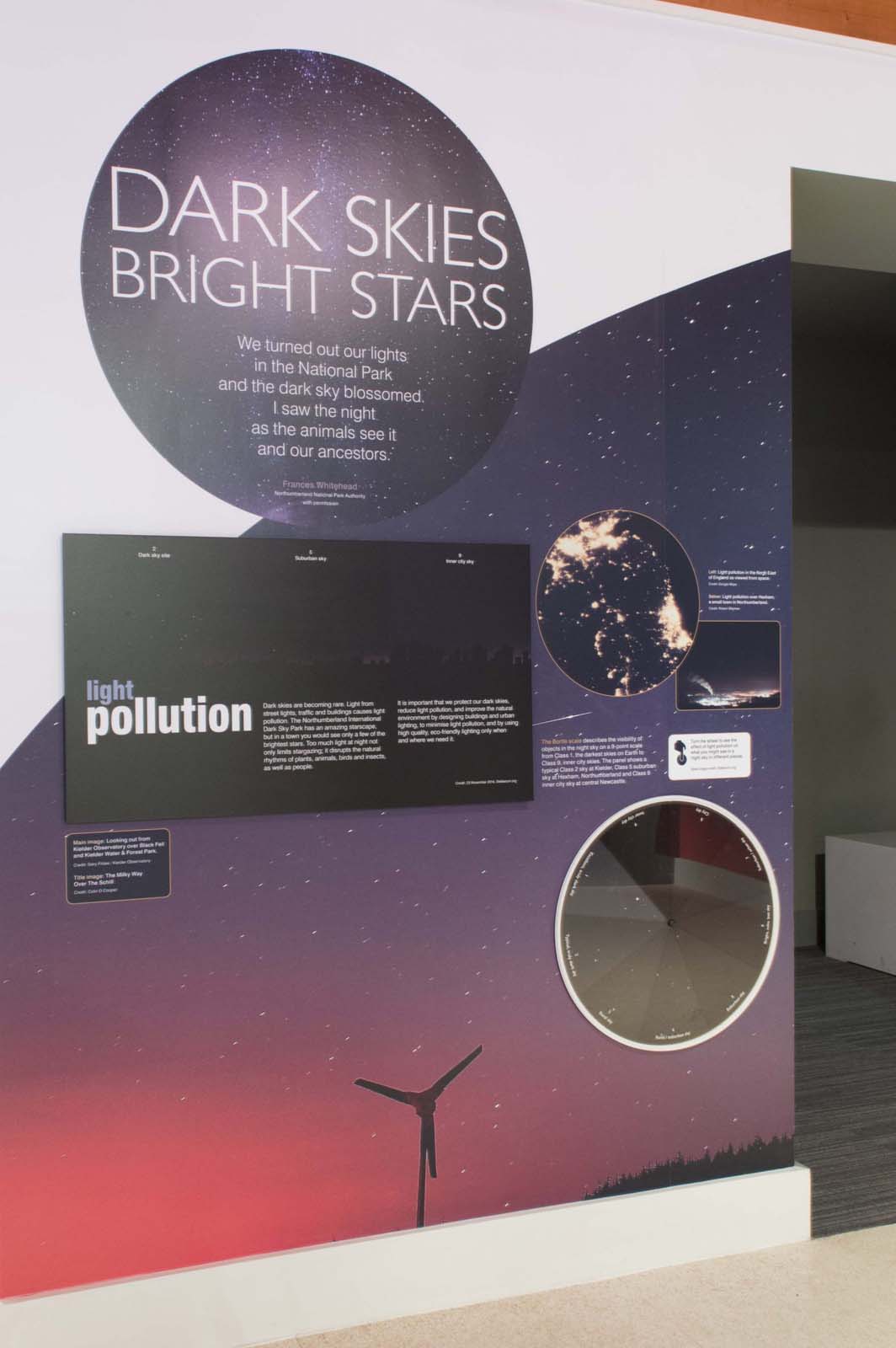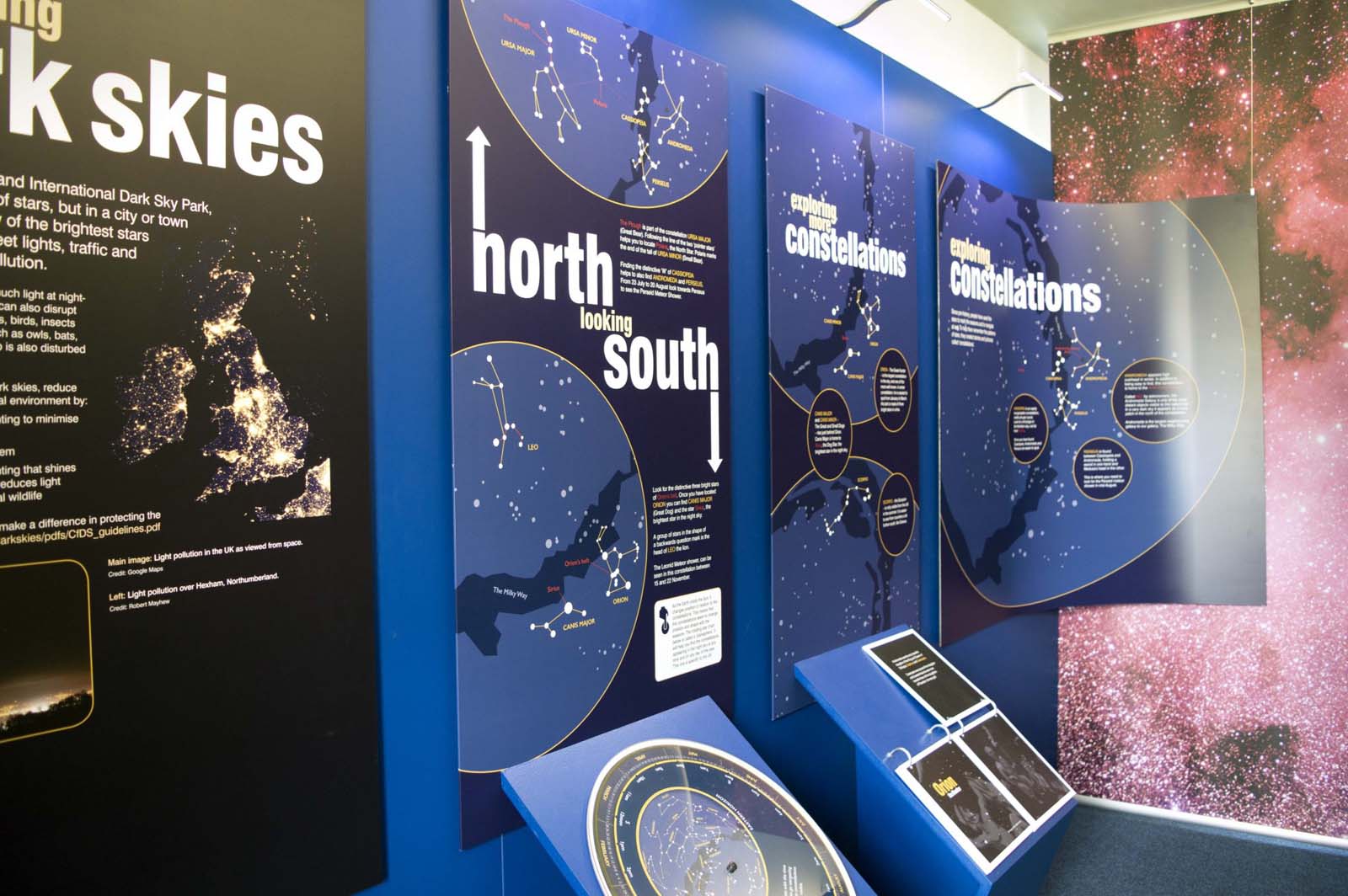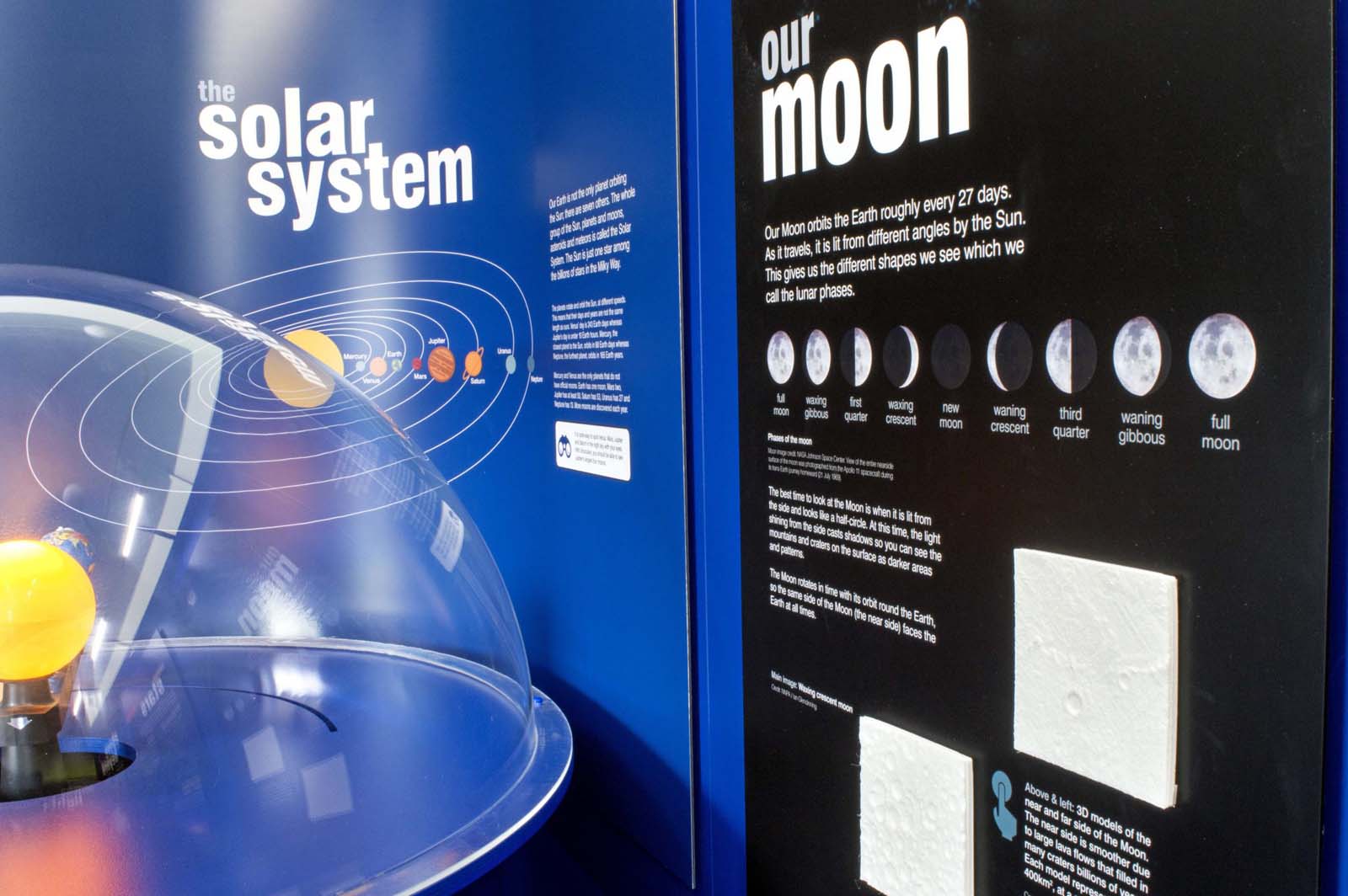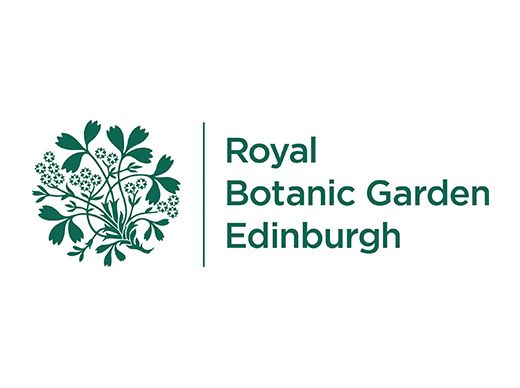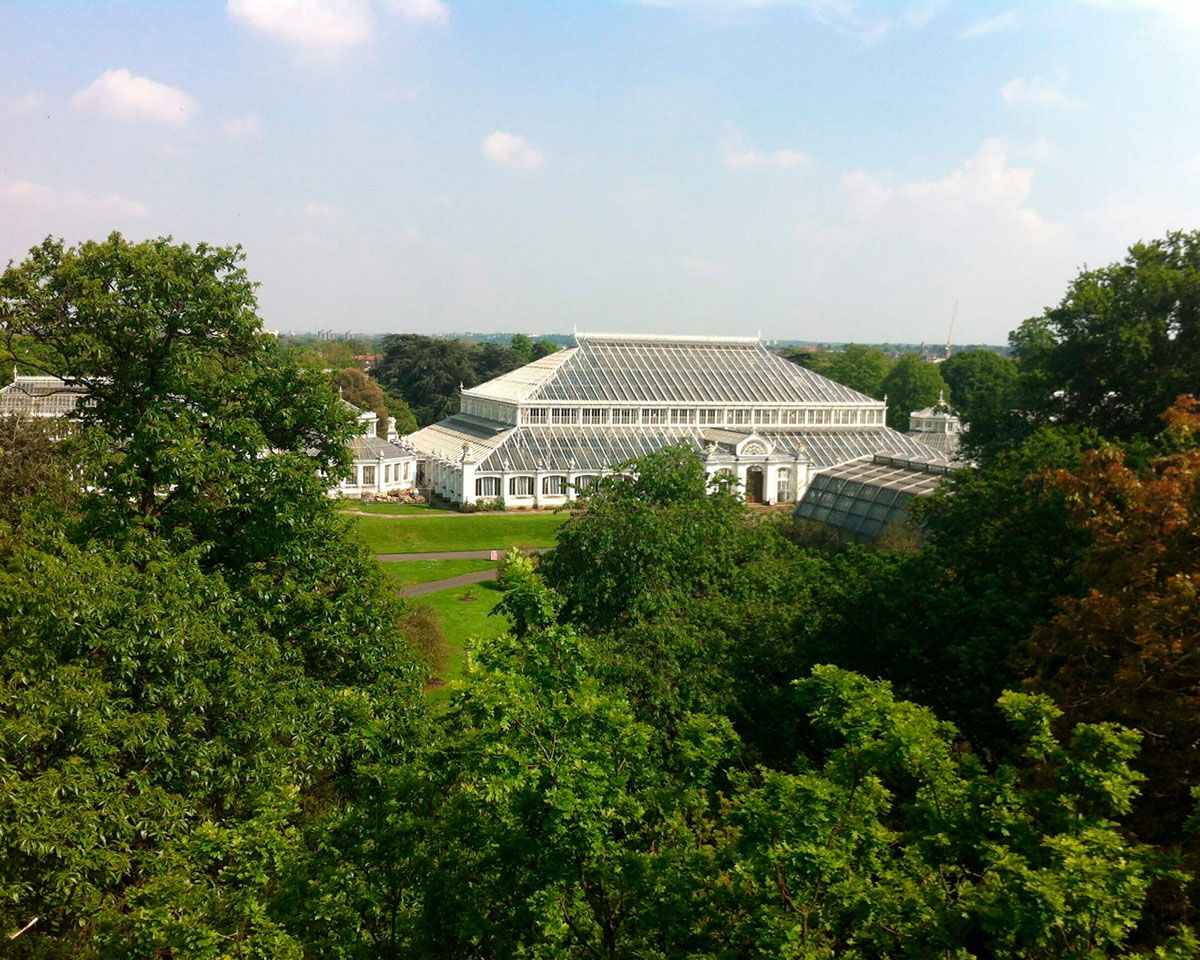Scotland from the Sky 2
Scotland from the Sky part 2 shares some of the amazing aerial photography in the archives of Historic Environment Scotland that inspired series two of Jamie Crawford’s BBC Scotland series exploring Scotland from above.
I very much enjoyed the task of selecting images from this amazing collection to create an exhibition to further illustrate the themes of ‘Scotland’s Coast’ ‘Industrial Scotland’ and ‘A wild land?’.


Scotland’s Coast
Nearly half of Scotland’s population lives close to the coast. Aerial photography of the 11,500 miles of coast around mainland Scotland and the islands shows fishing, tourism and leisure and, in some areas, the oil and gas and renewable energy industries.
Scotland from the Sky part 2 shares some of the amazing aerial photography in the archives of Historic Environment Scotland that inspired series two of Jamie Crawford’s BBC Scotland series exploring Scotland from above.
I very much enjoyed the task of selecting images from this amazing collection to create an exhibition to further illustrate the themes of ‘Scotland’s Coast’ ‘Industrial Scotland’ and ‘A wild land?’.
Industrial Scotland
Aerial images also show the shifting patterns of industry across Scotland, in both rural and urban environments. From above, we get unrivalled sweeping views of the vast processing plants and factories of the 20th twentieth century and the railway network.


A wild land?
From the air we see how the people of Scotland have lived, worked and changed this country of ours leaving no part untouched or unaltered by human activity, shaping the landscape into the views we know and love today.
There are images in this exhibition which will be personally relevant to each visitor, whether it’s Portobello beach in the 1960s or Glasgow before the shipyards closed. My personal favourite shows Aviemore railway station in the Cairngorms in 1932. The image shows a rural landscape with only the railway station, the Cairngorm Hotel, which remains today and the Aviemore Station Hotel, which burnt down in 1950. The forerunners of the tourist industry that has come to dominate the life of this Highland town and many family memories holiday memories for me and thousands like me.
The exhibition is running at Stanley Mills until Sunday 22 September 2019, other venues tbc.
If you haven’t been before, Stanley Mills on the banks of the River Tay is worth a visit anyway. Exhibitions present insight into the lives of the mill workers – mostly women and children – in one of the world’s oldest surviving factories. Built in the 1780s, the mill complex was altered many times to keep up with the industry’s changing demands, before it finally closed in 1989.
Please note the exhibition will be held on the top floor of the Bell Mill, which is only accessible by stairs.
